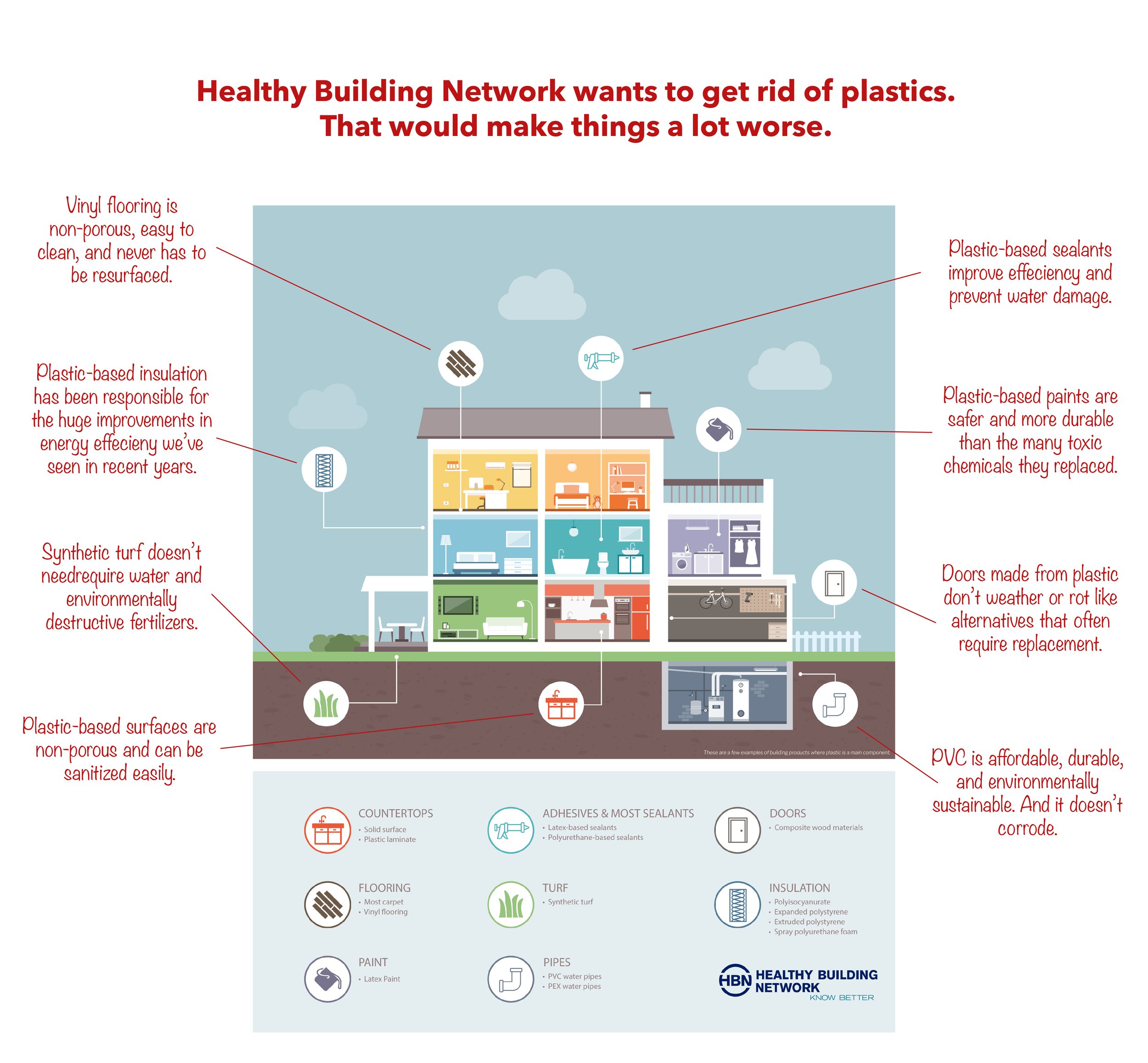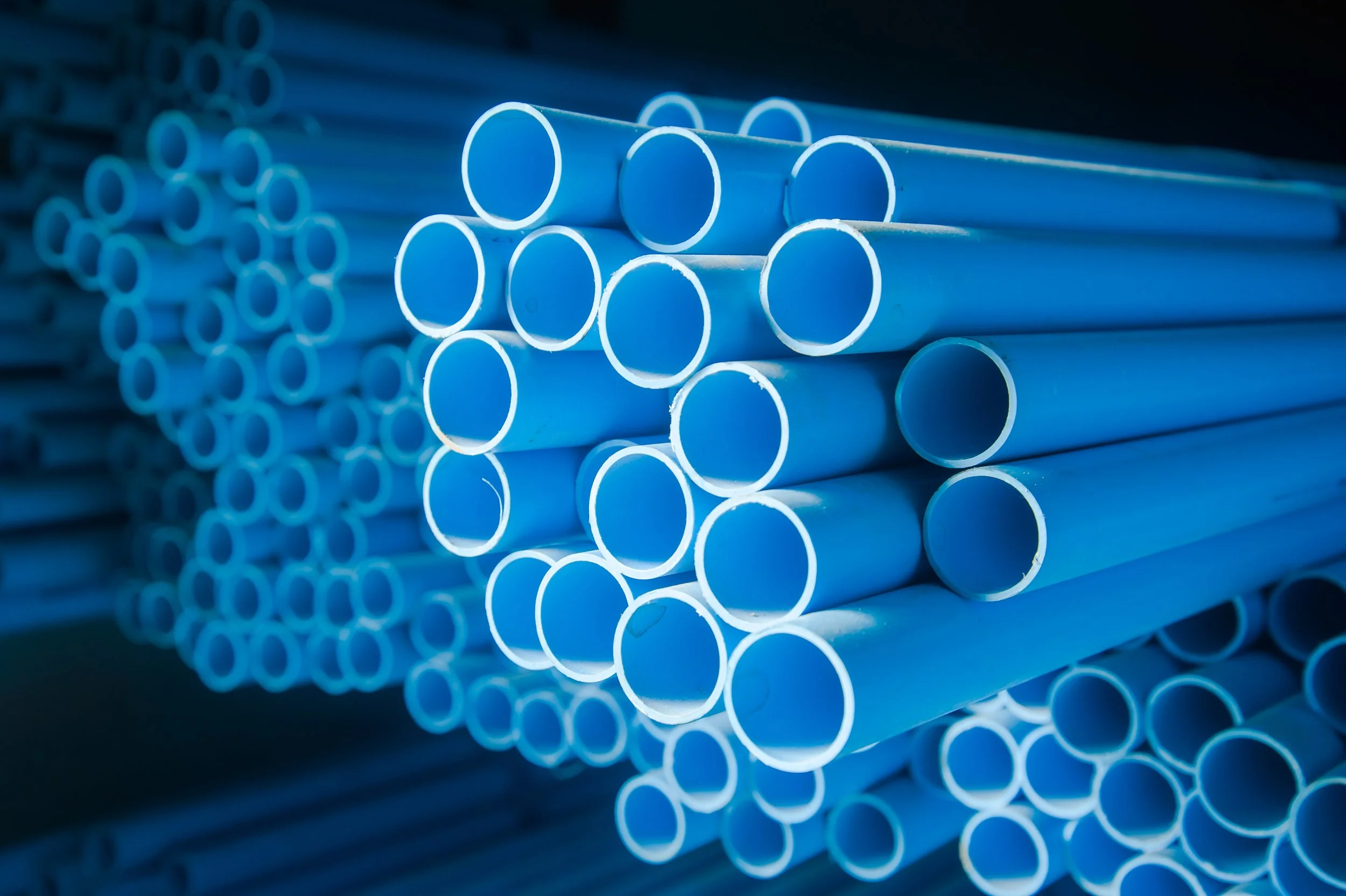If you’re familiar with our work here at Vinyl Verified you’re likely aware the Healthy Building Network (HBN) has a prolific history of distorting the facts about polyvinyl chloride (PVC). We’ve had to correct them multiple times in this forum to ensure readers have accurate information. True to form, HBN recently published a ranking on roofing membranes that contains a host of flawed statements and bias-driven conclusions regarding PVC. We’ll break them down one by one …
HBN’s ranking system is entirely arbitrary.
HBN claims it “reviewed the chemicals and materials” in the roofing membranes they analyzed to form the basis of their recommendations. A rough translation of this approach is that HBN's own entrenched bias and agenda-driven outlook drove their ranking of the membranes in their story. It’s equivalent to them saying, “we know what’s best so trust us – we’re the experts.” Sorry, HBN: your word alone doesn’t pass the red face test.
HBN’s claims aren’t based on credible science.
HBN justifies ranking one membrane over others in their report by saying “fewer hazardous chemicals are required to make it.'' But any real scientist knows this has no bearing on the safety of the end product. Highly regulated chemicals are used to make thousands of consumer products where exposure concerns are minimal and present no human health risk. It’s a false premise to base the safety of roofing membranes on such flawed methodology.
HBN promotes old, outdated claims about PVC to attack its use in roofing membranes.
HBN opposes PVC membranes citing “hazardous materials used and released during raw material manufacturing.” Yet there have been no known workplace exposure incidents related to vinyl chloride monomer (VCM) used to make PVC since the 1970s due to the strong efforts by the PVC industry to comply with the rules and regulations that govern production.
What’s more, EPA’s own data confirms that VCM emissions to air & water have declined 86% since 1987 while vinyl resin production has increased 91% during the same time period. Emissions to air and water from ethylene dichloride (EDC) used to make VCM have declined by an even greater margin (97%) since 1987.
HBN further misleads by claiming phthalates leach from PVC (this time from roofing membranes). Credible research, however, proves that phthalates are held within the structure of PVC products – and do not leach under normal use and conditions.
Phthalates in PVC roofing membranes also received a Safe Use Determination from one of the toughest regulatory agencies in the nation – the California Office of Environmental Health Hazard Assessment.
HBN doesn’t want you to know any of this. They still want you to think it’s 1970 where PVC manufacturers have done nothing to change their processes over the past 50 years.
But that doesn’t change the fact that the industry has taken measurable strides to improve manufacturing, protect the environment and surrounding communities, and ensure the safety of the dedicated men and women who work at U.S. PVC facilities.
HBN ranks PVC above other roofing membrane alternatives – yet recommends it should be avoided at all costs.
For those still in need of more proof that HBN has an anti-PVC agenda, in their report they claim PVC is less hazardous than built-up roofing (BUR) – but they rationalize the continued use of BUR while recommending PVC be avoided entirely. This only validates HBN’s entrenched bias and well documented ideological opposition to everything PVC.
HBN’s long-standing agenda against PVC is precisely why the organization cannot be trusted as an independent or credible source of information about PVC.










